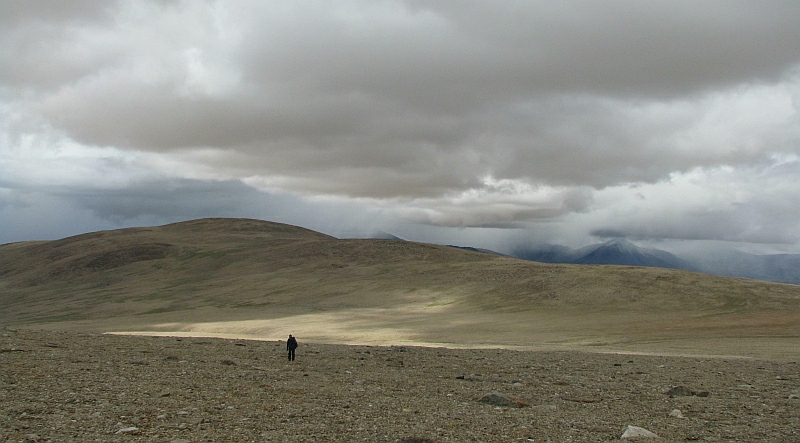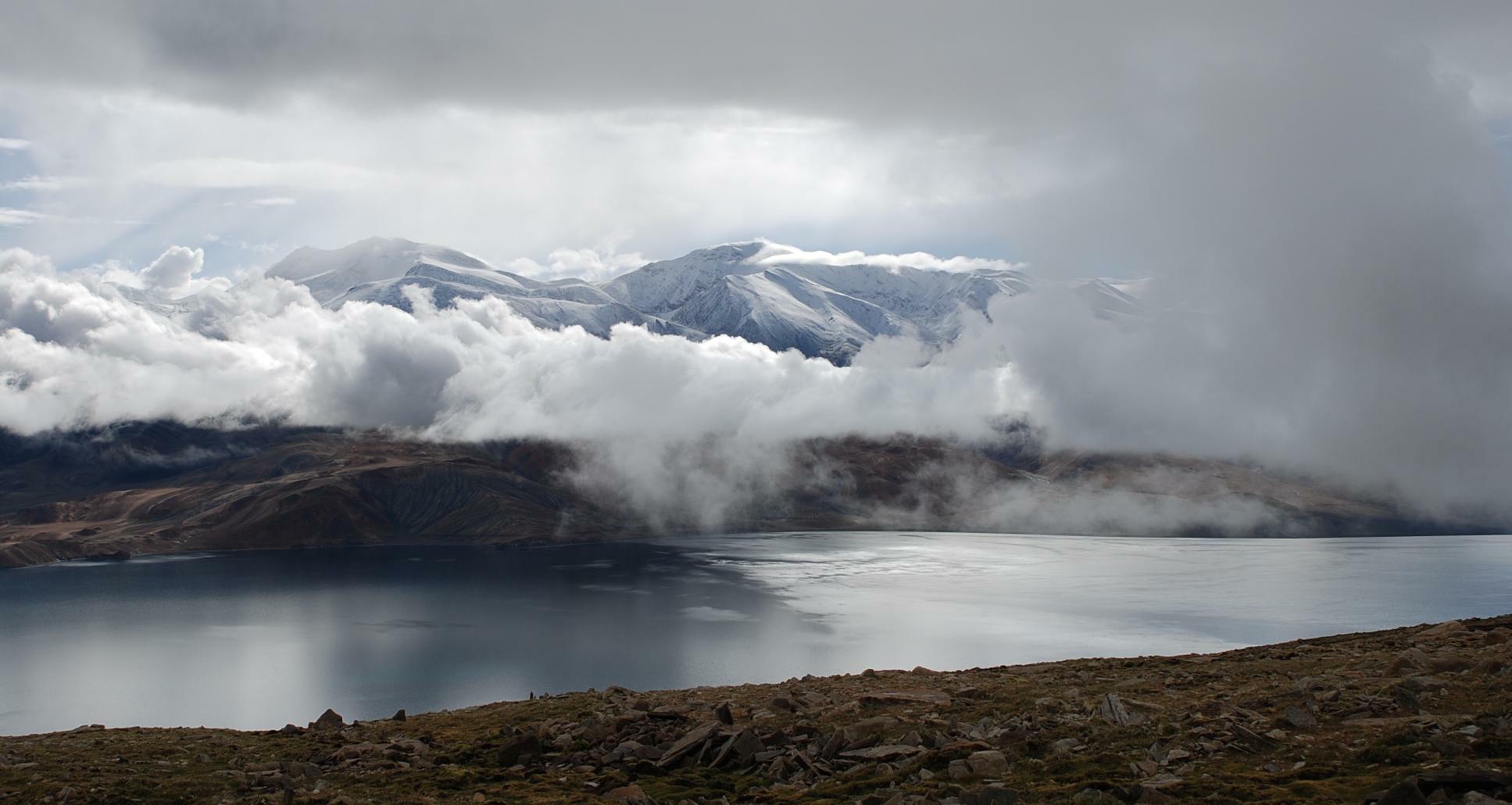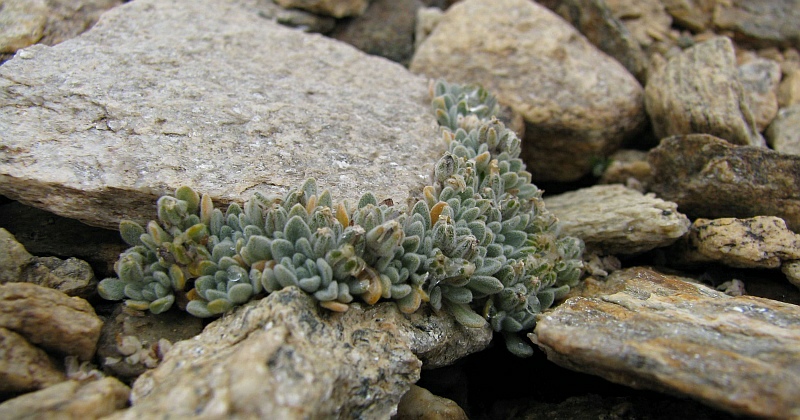Research in Ladakh,India
Institute of Botany ASCR


Introduction
The
westernmost spur of the Tibetan Plateau, belonging already to Ladakh in
India, is a biogeographically unique area, which makes the transition
zone between the wet outer Himalayas and the cold regions of
inner Tibet.
Our main research activities are
carried out in the surroundings of Tso Moriri lake in a region called
Little Tibet in Eastern Ladakh.
Photo Z. Chlumská
Activities od Czech
scientists in this part of Transhimalaya started in 1989 with an expedition of Czech
Academy of Sciences. One of the participants, a botanist Leoš Klimeš, then
decided for a systematic exploration of this little-known region and visited
Ladakh regularly since 1997. His main goal was a thorough mapping of vascular
flora and preparation of a modern and complete Flora of Ladakh. He was also
interested in ecological issues such as clonality in plants and conducted
several experiments (more here). However, after his unexplained disappearence somewhere
in the midst of the remote and wild part of Zanskar most of his work remained
unfinished.
Since 2008, the research
activities go on under the leadership of Jiří Doležal from the Institute of
Botany in Třeboň. Main areas of research include monitoring of vegetation
changes, nutrient economy in plants, relationship between vascular plants and
soil microbial communities and other ecological topics concerning extreme
altitudes (more here).
A large glacier on the northern slopes of Lungser Kangri (6700 m) in Eastern Ladakh.
Photo M. Dvorský
Study region
Ladakh, for long centuries an independent Buddhist kingdom,
has now been a part of the Republic of India, state Jammu & Kashmir. It covers an area of
nearly 87,000 km2 and most of it is situated above 3000 m (10,000
feet). From the north it is delimited by Eastern Karakorum Range, from the
south by the Great Himalaya Range and from the east by the Tibetan Plateau.
Ladakh lies in a pronounced rain shadow of the Himalayas, so that the local
climate is remarkably arid, with total annual precipitations below 100 mm. In
winters, temperatures can drop as low as -30 °C (-22 °F). That is why the most
characteristic vegetation types are semideserts and steppes. Moreover, due to specific conditions in its eastern part vascular
plants can be found in one of the highest elevations in the world here.

High-altitude plateau in Little Tibet lies between 5600-6000 m. The sparse subnival vegetation consists of about 25 species.
Photo M. Dvorský
Flora
From phytogeographical point of view, the flora of Ladakh
belongs to Holarctic, with a negligible portion of Paleotropical elements. With
the exception of exclusively woody taxa, practically all important families are
represented here. Most species are Central Asian elements, while moving east
the proportion of typical Tibetan floroelements increases. According to the
latest estimates, the local flora consists of 1250-1500 species and subspecies
(see here). Several new species were discovered here and described for science thanks
to L. Klimeš.
Alyssum klimesii Al-Shehbaz (Brassicaceae). A species from extreme altitudes, discovered by L. Klimeš and named in his honour.
Photo M. Dvorský
Grant support
Research in Ladakh has been financially supported by grant GAAV IAA600050802 "Upward migration of sub-nival plants in E Ladakh: the role of plant traits and interactions under climate warming", main investigator Jiří Doležal.



